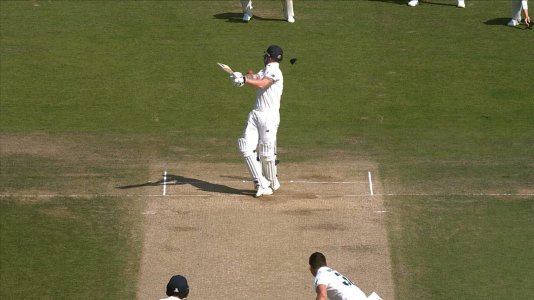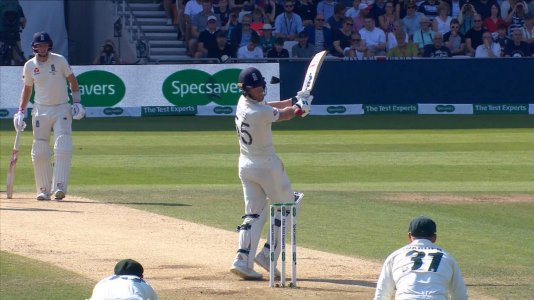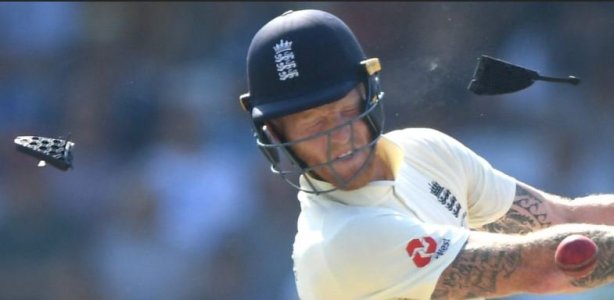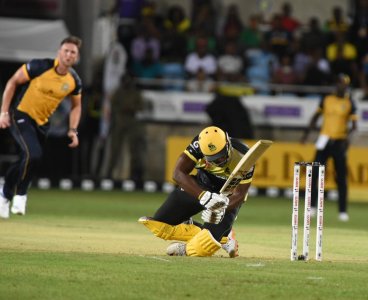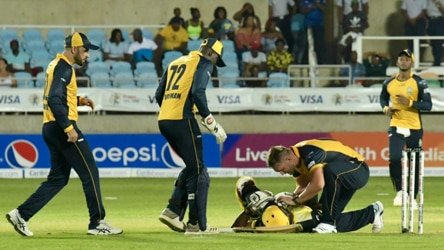- Joined
- Oct 2, 2004
- Runs
- 218,056
Has there been an increase in the number of batsmen getting hit in recent times?
I don't think it's because of a false sense of security by wearing helmets - although Fakhar Zaman may disagree!
I don't think it's because batsmen are taking more risks
I don't think bowlers have become more venomous
I think it's all of the above:
There seems to be a dearth of genuine fast bowlers now, along with deader pitches leading to batsmen losing the ability to play bouncers with proper technique.
So they take more risks, thinking they are protected and when there is a fast bowler who can bowl above 85 mph, the batters have no clue how to play them.
Would you agree with this?
I don't think it's because of a false sense of security by wearing helmets - although Fakhar Zaman may disagree!
I don't think it's because batsmen are taking more risks
I don't think bowlers have become more venomous
I think it's all of the above:
There seems to be a dearth of genuine fast bowlers now, along with deader pitches leading to batsmen losing the ability to play bouncers with proper technique.
So they take more risks, thinking they are protected and when there is a fast bowler who can bowl above 85 mph, the batters have no clue how to play them.
Would you agree with this?








